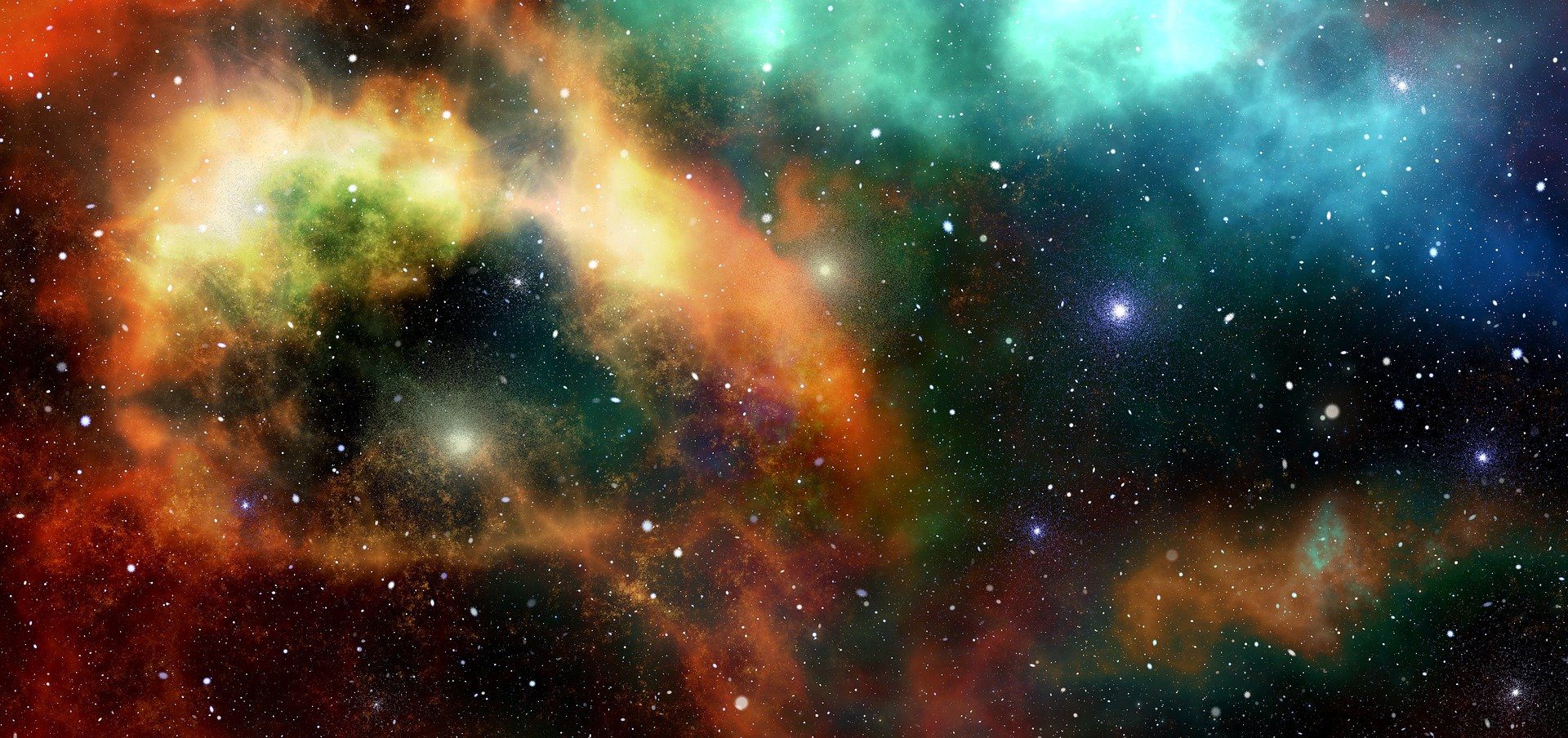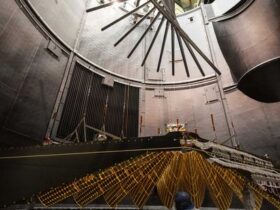The solar system’s planets are classified as rocky or gaseous. However, all of our solar system’s satellites are rocky, including those orbiting gas giants. Therefore, why aren’t all of the solar system’s moons formed of gas? And is there someplace in the cosmos where gaseous moons exist?
There are many compelling arguments why none of the adjacent moons is gaseous. And although scientists have yet to discover a gaseous moon outside our planetary system, it is plausible under the appropriate circumstances. Jonathan Lunine, who is chair of the Department of Astronomy at Cornell University, explains how that would be possible.
This would rely on the moon’s bulk, the heat of its surroundings, and the effect of tide forces — i. e., the gravitational influence of a neighboring body, such as its home planet.
Consider how these circumstances might influence a gaseous moon if the stony component of our own moon was substituted with pure hydrogen. Because hydrogen gas is significantly less dense compared to rock, the moon would immediately expand to roughly the size of the Earth.
Indeed, the immense scale of gas giants such as Jupiter is one of the reasons they occur. If they are too tiny, gravity will be unable to keep those light components together. However, size is not the only variable at work; the temperature would also be a determinant.
Nevertheless, even if our fictitious gaseous moon had the diameter of Earth and was surrounded by very frigid temperatures, its parent planet would almost certainly tear it apart.
If it is the scale of our moon, it will not operate anyplace in our solar system. Maybe far out in interstellar space? There is a big question at that point. If you wish to create something really large, such as a Neptune orbiting a Jupiter, it is possible.













Leave a Reply